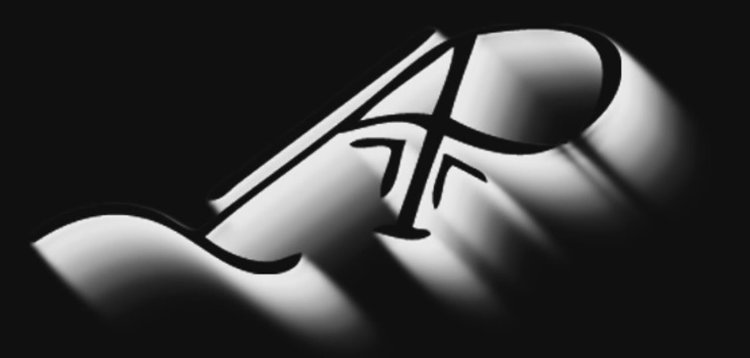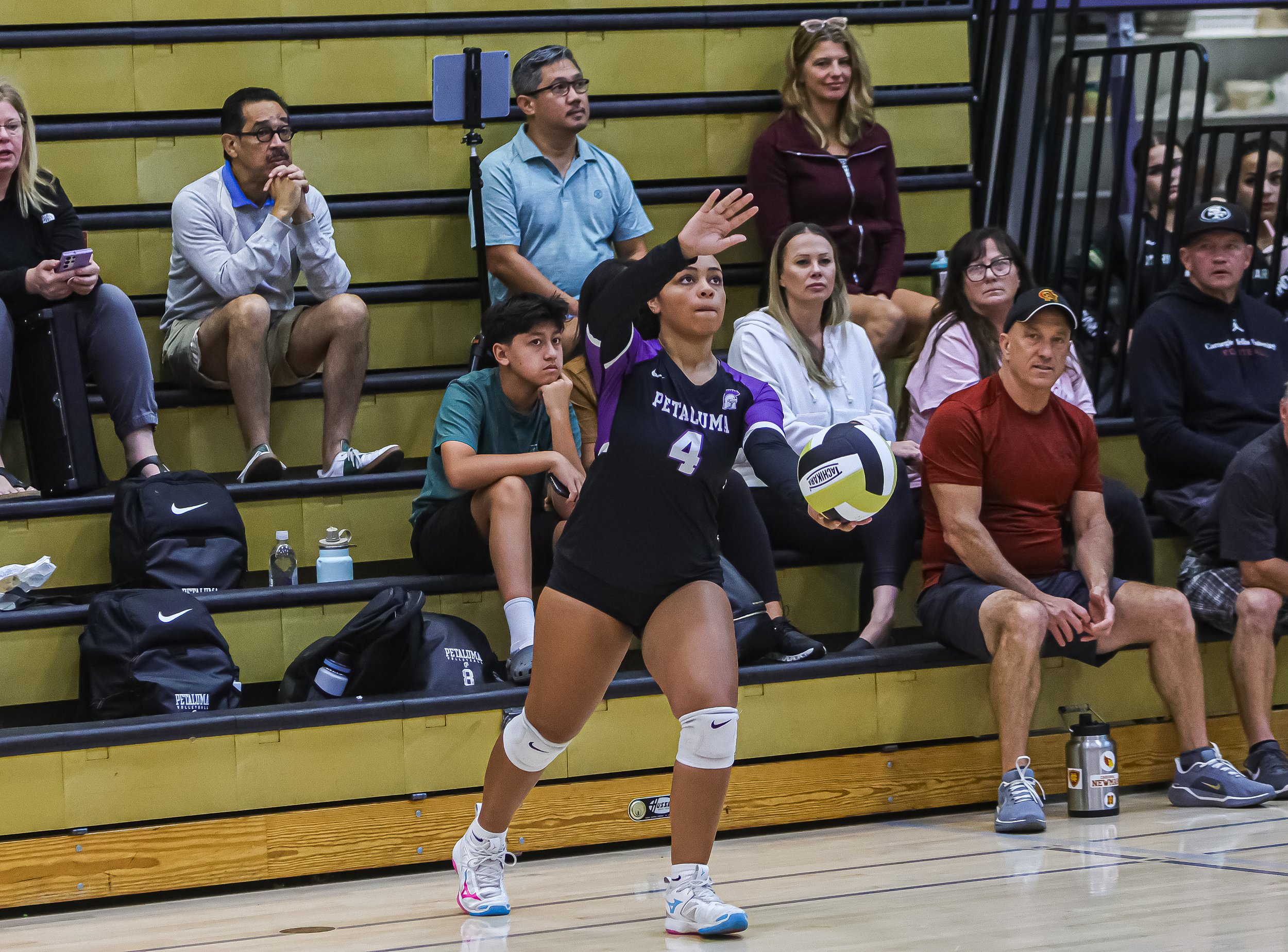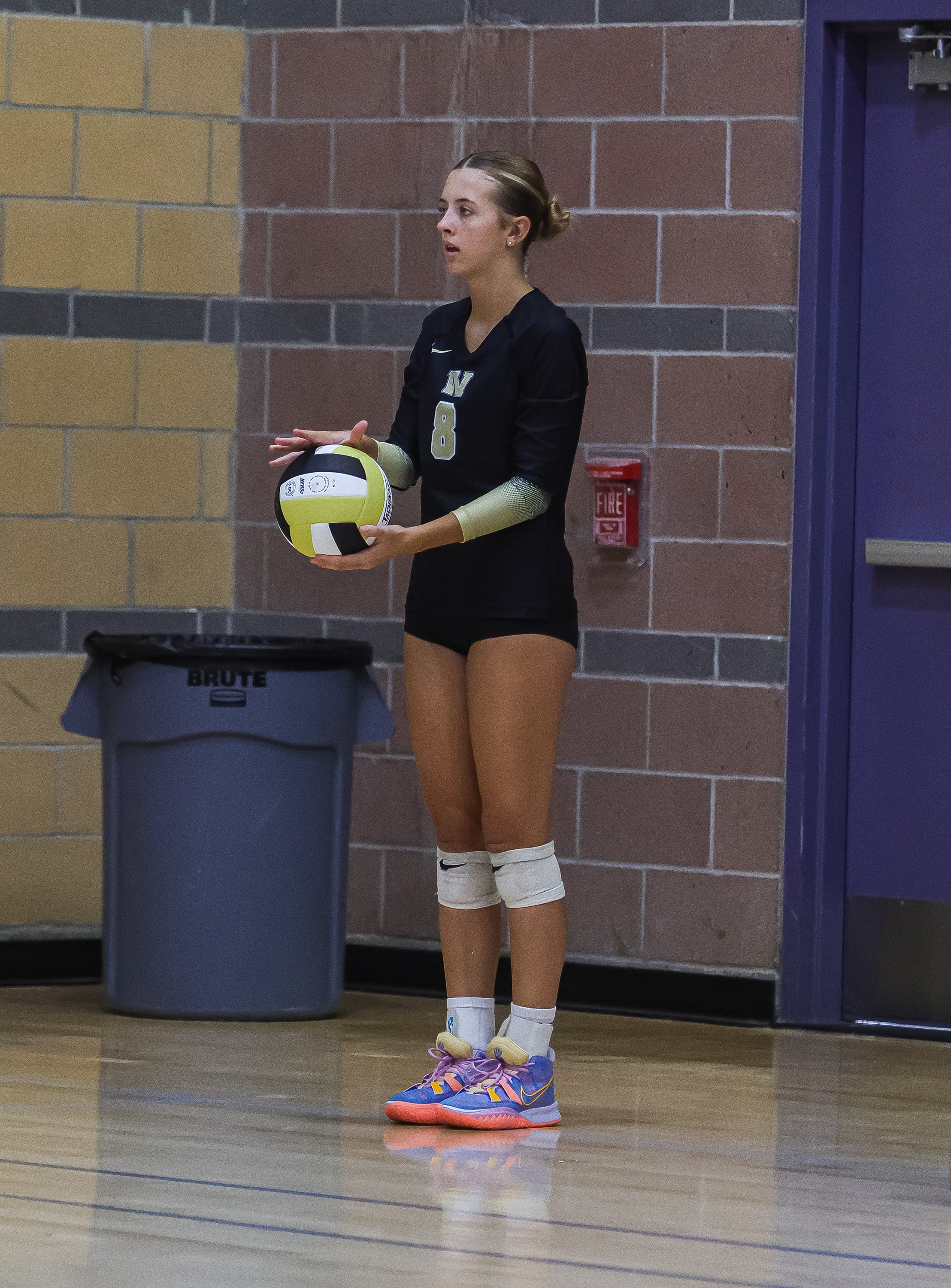Wacom has announced its latest Cintiq display tablet. These devices are, and always will be aimed at creative artists looking to go beyond using their trusty iPad for design or photography. Yes photography, too.
Image credit: Wacom. Wacom Cintiq 16
I’ve been a bit of a fanboy of Wacom for years. A dear friend of mine got me into the Intuos devices to replace the mouse on my computer. It really does make things easier for me with regards to photo retouching. Later, I got my hands on the Cintiq line because I was interested in having the actual display at my reach. I LOVE it. Especially for working on headshots in post. So of course when I got wind of the latest Cintiq becoming available, I spoke with the Wacom team for more details.
Streamlined look and feel
Wacom announced two new Cintiqs for creative artists. The Cintiq 16 and 24. Both of these sizing options are great as it allows the device to be an easy fit in most workspaces. The form-factor is thinner and lighter further advancing the portability of the Cintiq line. Not to mention, the footprint has improved.
Image credit: Wacom. Wacom Cintiq 24
You can now lay the Cintiq flat on your desk space as you would an Intuos. This gives you the feel of actually drawing on a smooth sheet paper or a sketch pad. If that’s not your preferred way of working, you can still opt for a tilt angle on your desk with the foldable feet on the Cintiq 16 or the foldable stand on the Cintiq 24. Whatever works best for you. You can also utilize the integrated VESA mount option on the rear of each Cintiq if you’re interested in mounting these devices onto third-party monitor arms. I’ve done this before and it can be quite handy as an additional monitor for day-to-day computing.
Other tech specs
Each device will utilize the Wacom Pen Pro 3 stylus. The 2.5K screen resolution is beautiful with anti-glare etched glass. The Cintiq 24 also offers touch mode if you’re into using your fingers in addition to the Pen Pro 3 stylus.
The updated Cintiq line will be available this summer with a starting price of $699 for the Cintiq 16 and $1299 for the Cintiq 24.


























































